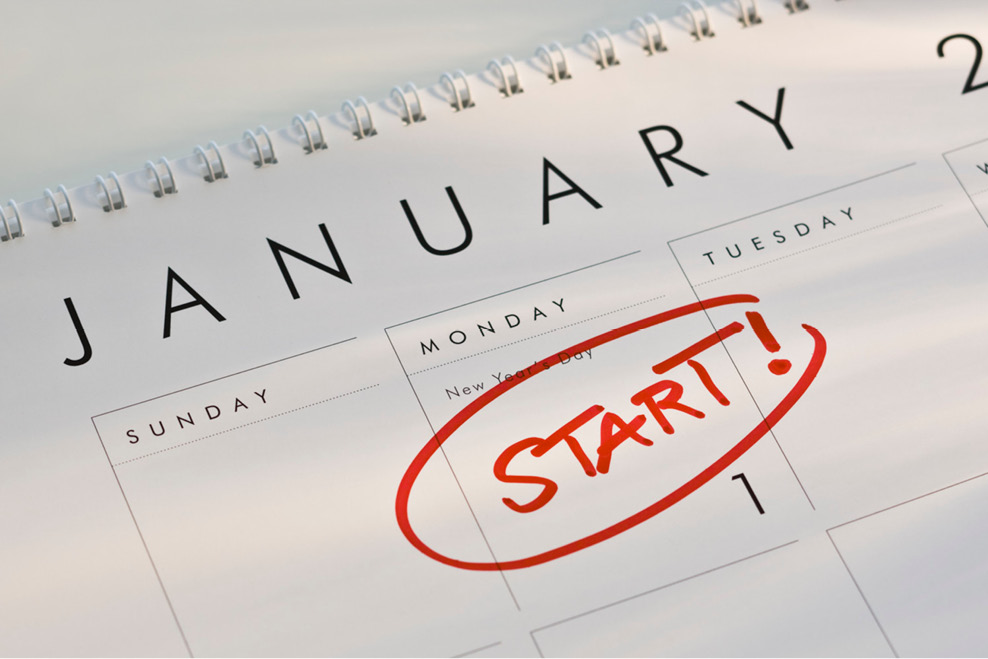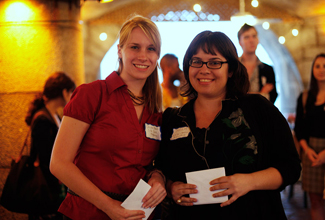Curious about becoming a food editor, but aren’t sure you’ve got the talent (or the tastebuds) to stomach it? To prevent you from ending up on the chopping block, Ed enlisted some of his favorite food editors to share their recipes for success.
Understand the Role (Not Just the Roll)
There’s a rumor going around that food editors engage in taste-testing all day, and it’s (partly) true. “One of the most consistent things throughout the day is that I get to eat a lot,” says Daniel Gritzer, associate food editor at Food & Wine.
While there are typically enough samples to go around, what food editors seem to really crave is variety. “If I only edited recipes all day, I’d go crazy, so I enjoy working with other editors and getting to write a good amount,” says Gritzer.
“On any given day, I may be meeting with the art team to determine the direction of a story or editors to determine the text of a story,” adds Gabriella Gershenson, food features editor at Every Day with Rachael Ray.
Carve a Path
Still interested, but not quite sure where to begin? “You just start out small and work your way up,” says Amanda Kludt, editorial director of the Eater network. And if the climb has a few stops or detours along the way, approach each as a learning opportunity that can somehow be applied in the future.
While Joanna Saltz, now executive editor of Food Network Magazine, started out in style and used her “service angle” to transition into food writing, Gritzer had experience in food, but only “a few anthropology papers” to show for writing clips.
“I was a 29 year old intern. There’s some sort of sacrifice that has to be made,” says Gritzer.
“It took me two years of solid freelancing after I’d gained traction to get my job at Time Out New York,” adds Gershenson on her former role.
Nail the Interview Process
The good news is if you’re reading this, you’re one step ahead of the game. “A lot of colleges aren’t preparing students for editorial jobs as they should be, whereas with Ed2010 there’s direct contact,” says Saltz.
A few other things that can give you an edge? Remember the basics. “We do a lot of news, and that’s our bread and butter, so I’m always looking for good reporters [not just food enthusiasts],” says Kludt.
In addition to “understanding the publication”, “being a good writer” and “being hungry” (all tips from Gershenson), Saltz warns not to underestimate the power of a clean cover letter.
“I’m amazed at the amount of spelling errors in cover letters and resumes. I can’t employ the importance of being methodical and careful enough in edit tests. You should just check your work a thousand times.”
Arm Yourself with Ideas
Interview? Check. Now what about ideas for those cover letters and beyond? While Ed’s food editor panelists confirmed they partake in regular meetings and adhere to an editorial calendar once through the door, Saltz confirms there’s still room for creative freedom and changes closer to production.
In which case, Gershenson suggests looking beyond the test kitchen: “I get a lot of ideas from Twitter — from products to trends — and Eater is like a search engine for restaurant fans.”
“Definitely try to look at what’s around you personally – not just every big editor event or the latest cookbook,” she adds.
Get Writing
That last tip can be especially important for freelance writers, who aren’t always privy to insider information. Some other ways to find a way in:
“There are these specific categories that need to be filled, so that’s a way you can dissect a magazine to see how something works in different spots,” says Gershenson, who also stresses the importance of being able to package content.
Have a quirky interest? “If you have an area of expertise, I would exploit that. It’s nice if you think outside the box or have a personal obsession,” says Kludt.
There’s also something (big) to be said for originality. “I feel like ideas have just been seen everywhere. We’re always wowed by something that’s never been done before,” says Saltz.
Icing on the Cake
Now that you have a handle on the gig, and some tips for landing one, we’re leaving you with some final words of advice.
Look beyond the food. “Remember you’re telling a story and food is about much more than what’s sitting on the plate in front of you. It’s really important to have a point of view, and then you avoid the trap of being a food worshipper, or looking at it in one dimension,” says Gershenson
Save space. “When reporting, be fast and accurate. You also want to be economical with your words,” says Kludt
Don’t fear silence. “The person you’re talking to will feel awkward and they’ll fill the void. You could get a good quote out of it.” says Gritzer.




 Ed Staffers’ New Year’s Resolutions
Ed Staffers’ New Year’s Resolutions